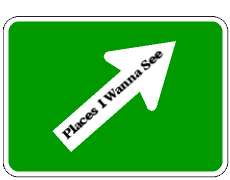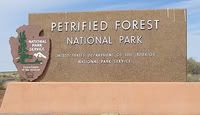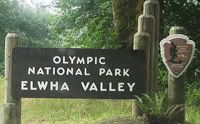I took a day trip to Bryce Canyon National Park in Utah last Friday, and it was just a beautiful drive....once I got to Utah (hehe). I left Bakersfield around 1:30 am on Friday morning and arrived in Bryce Canyon just before 10:30 am. It was COLD....on some parts of the drive, it got down to 9 degrees, but when I got to Bryce, it had "warmed up" to a nice, toasty 32 degrees. Actually, it wasn't too bad. The sun was shining, and as long as the wind didn't pick up and blow snow off the trees into my face, it wasn't as cold as I thought it would be. I did try to make a lil snowman, but I didn't bring mittens, so my attempts at snowman making fell a tad short - lol.
I had never been to Bryce Canyon in the winter before. I have been several times in the late spring, but this was my first winter trip. It won't be my last. There is something so peaceful and serene about a field full of fresh, untrodden snow, blankets of white covering the fields and mountains as far as the eye can see. I think, even though it was a long drive, the trip refreshed me. Roadtrips always seem to lift my spirits.
Bryce Canyon is a relatively small national park in southwestern Utah, near the towns of Tropic and Panguitch. Bryce Canyon was named after Ebenezer Bryce, who homesteaded near the canyon in 1875. He said of the canyon, "It is a hell of a place to lose a cow." On June 8, 1923 it was declared a national monument by Warren G Harding, and on February 25, 1928, it was officially declared a national park.
Bryce Canyon really isn't a canyon in the true sense. Canyons are normally carved out by rivers, whereas Bryce Canyon is carved out by a freeze-thaw cycle, and the resulting erosion has carved out Bryce Canyon's ampitheater into a strange looking "forest" of limestone rock fins, windows, slot canyons and spires called "hoodoos." Bryce Canyon sits at a rather high elevation of 8000-9000 feet, and the weather is always changeable, sometimes even getting snow in the summer.
The park is also abundant with wildlife, including black bears, mule deer, prairie dogs, mountain lions, gray fox, marmots, coyotes, elk and pronghorn antelope. Often in the spring, one can see pronghorn antelope with their young in the park, as well as bustling prairie dog towns. When I went, however, not much wildlife was present, probably due to all of the snow ;) The park is also an excellent place to stargaze, as the air is clear and there are no large light sources near the park, so the skies are very dark at night. There are also an abundance of hiking trails in the park, ranging from an easy stroll along the canyon's edge to more strenuous treks down into the canyon, where you can walk amongst the hoodoos.
I ended up going thru Zion National Park on the way back home. There was some snow left up past the tunnel, but not a whole lot in the canyon itself. Still, there was abundant wildlife on the scenic drive. I saw at least 12 deer and several wild turkeys in the canyon. It was near sunset when I arrived there, so I wasn't able to take many pictures in Zion. But there is always next time!
I left St George, Utah around 6'ish and got back to Bakersfield around 12:40 am on Saturday morning, tired but happy that I went.
Til next time.........happy trails!
Links to check out:
Bryce Canyon - National Park Service site
Bryce Canyon - WikiTravel
Zion National Park - NPS site
Zion National Park - WikiTravel
Bryce Canyon - Wikipedia
Utah.com - Bryce Canyon
































































 Grab my blinkie if you wanna
Grab my blinkie if you wanna







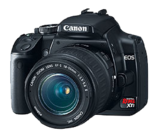












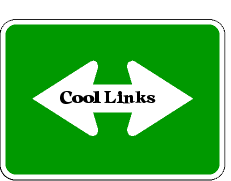














 (Click on the links below to go there.)
(Click on the links below to go there.)




 Click the moose to sign my Guest Book
Click the moose to sign my Guest Book








 My "pet"
My "pet"

 Visit CALM
Visit CALM

